#cesar pelli
Explore tagged Tumblr posts
Text

Commons Courthouse Center (1973) in Columbus, IN, USA, by Cesar Pelli & Victor Gruen Associates. Photo by Balthazar Korab.
72 notes
·
View notes
Text

The Miglin-Beitler Sky Needle. c.1990,
Cesar Pelli &Assoc.
15 notes
·
View notes
Photo

outtake for today’s NYT Business cover story about the fraught commercial real estate market.
los angeles may 2023
© tag christof
131 notes
·
View notes
Text

1982, cesar pelli and associates
8 notes
·
View notes
Photo

Cesar Pelli
(postales inventadas)
14 notes
·
View notes
Text

#Owens Corning World Headquarters#Toledo#Ohio (1996); architect Cesar Pelli. The building is set on the banks of the Mawnee River and Pelli designed the serpentine wall to echo the
1 note
·
View note
Text

The Miglin-Beitler Sky Needle. c.1990,
Cesar Pelli &Assoc.
5 notes
·
View notes
Text




Doors Open at Minneapolis Central Library
Come visit Minneapolis Central Library next Saturday and Sunday (May 13 and 14) as part of Doors Open Minneapolis! This citywide event welcomes the public into a variety of unique and interesting buildings in the city. Minneapolis Central Library will have special self-guided tours of our Cesar Pelli-designed building, and Special Collections will have historical items on display from the past central libraries (pictured above).
#minneapolis#minnesota#doors open minneapolis#minneapolis central library#public libraries#libraries
30 notes
·
View notes
Text
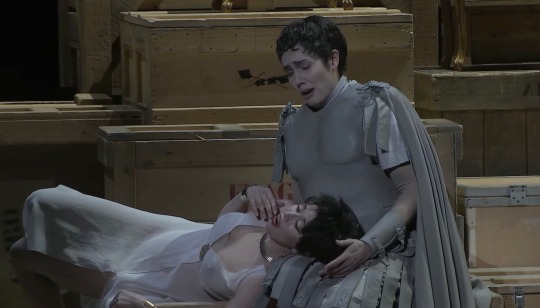
Gaëlle Arquez in the title role in Handel’s Giulio Cesare and Lisette Oropesa as Cleopatra at the Opera Garnier, directed by Laurent Pelly.
Saw the third performance of this production tonight. I will never not love the Night at the Museum vibes of Pelly’s staging.
youtube
4 notes
·
View notes
Text
0 notes
Text
MUSEUM OF MODERN ART (MoMA)

The Museum of Modern Art connects people from around the world to the art of our time. We aspire to be a catalyst for experimentation, learning, and creativity, a gathering place for all, and a home for artists and their ideas.
In the late 1920s, three progressive and influential patrons of the arts, Lillie P. Bliss, Mary Quinn Sullivan, and Abby Aldrich Rockefeller, perceived a need to challenge the conservative policies of traditional museums and to establish an institution devoted exclusively to modern art. They, along with additional original trustees A. Conger Goodyear, Paul Sachs, Frank Crowninshield, and Josephine Boardman Crane, created The Museum of Modern Art in 1929. Its founding director, Alfred H. Barr, Jr., intended the Museum to be dedicated to helping people understand and enjoy the visual arts of our time, and that it might provide New York with “the greatest museum of modern art in the world.”
The public’s response was overwhelmingly enthusiastic, and over the course of the next 10 years the Museum moved three times into progressively larger temporary quarters, and in 1939 finally opened the doors of the building it still occupies in midtown Manhattan. Upon his appointment as the first director, Barr submitted an innovative plan for the conception and organization of the Museum that would result in a multi-departmental structure based on varied forms of visual expression. Today, these departments include architecture and design, drawings and prints, film, media and performance, painting and sculpture, and photography. Subsequent expansions took place during the 1950s and 1960s, planned by the architect Philip Johnson, who also designed The Abby Aldrich Rockefeller Garden. In 1984, a major renovation designed by Cesar Pelli doubled the Museum’s gallery space and enhanced visitor facilities.
The rich and varied collection of The Museum of Modern Art constitutes one of the most comprehensive and panoramic views into modern art. From an initial gift of eight prints and one drawing, The Museum of Modern Art’s collection has grown to approximately 200,000 paintings, sculptures, drawings, prints, photographs, media and performance art works, architectural models and drawings, design objects, and films. MoMA also owns approximately two million film stills. The Museum’s Library and Archives contain the leading concentration of research material on modern art in the world, and each of the curatorial departments maintains a study center available to students, scholars, and researchers. MoMA’s Library holds over 320,000 items, including books, artists’ books, periodicals, and extensive individual files on more than 90,000 artists. The Museum Archives contains primary source material related to the history of MoMA and modern and contemporary art.
The Museum maintains an active schedule of modern and contemporary art exhibitions addressing a wide range of subject matter, mediums, and time periods, highlighting significant recent developments in the visual arts and new interpretations of major artists and art historical movements. Works of art from its collection are displayed in rotating installations so that the public may regularly expect to find new works on display. Ongoing programs of classic and contemporary films range from retrospectives and historical surveys to introductions of the work of independent and experimental film- and video makers. Visitors also enjoy access to bookstores offering an assortment of publications, and a design store offering objects related to modern and contemporary art and design.
The Museum is dedicated to its role as an educational institution and provides a complete program of activities intended to assist both the general public and special segments of the community in approaching and understanding the world of modern and contemporary art. In addition to gallery talks, lectures, and symposia, the Museum offers special activities for parents, teachers, families, students, preschoolers, bilingual visitors, and people with special needs. In addition, the Museum has one of the most active publishing programs of any art museum and has published more than 2,500 editions appearing in 35 languages.
CURATORIAL DEPARTMENTS
The MoMA is organized around six curatorial departments: Architecture and Design, Drawings and Prints, Film, Media and Performance, Painting and Sculpture, and Photography.
The MoMA's holdings include more than 150,000 individual pieces in addition to roughly 22,000 films and 4 million film stills.
COLLECTION HIGHLIGHTS

Vincent van Gogh The Starry Night, Saint Rémy (June 1889)

Pablo Picasso Les Demoiselles d'Avignon, Paris (June-July 1907)

Salvador Dalí The Persistence of Memory (1931)

Piet Mondrian Broadway Boogie Woogie (1942–43)

Andy Warhol Gold Marilyn Monroe (1962)

Andy Warhol Campbell's Soup Cans (1962)

Jackson Pollock One: Number 31, 1950 (1950)

Gustav Klimt Hope, II (1907-08)
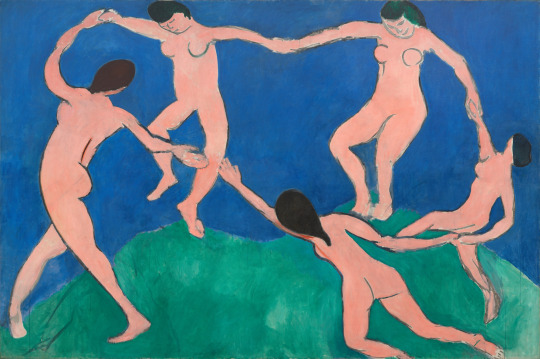
Henri Matisse Dance (I), Paris, Boulevard des Invalides (early 1909)

Claude Monet Water Lilies (1914-26)
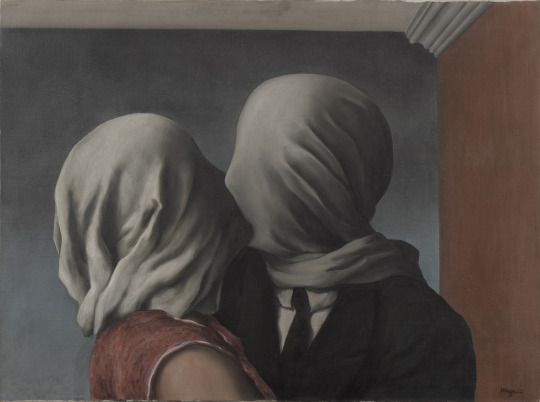
René Magritte The Lovers, Paris (1928)

Roy Lichtenstein Drowning Girl (1963)
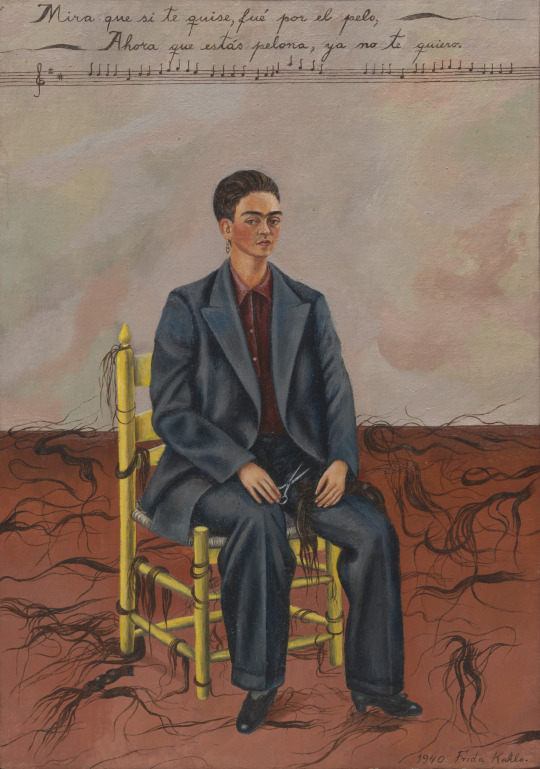
Frida Kahlo Self-Portrait with Cropped Hair (1940)

Henri Rousseau The Dream (1910)

Jean-Michel Basquiat Untitled (1981)

Paul Cézanne The Bather (c. 1885)

Francis Bacon Painting (1946)
1 note
·
View note
Text

Haley Lu Richardson and John Cho in Columbus (Kogonada, 2017)
Cast: John Cho, Haley Lu Richardson, Parker Posey, Michelle Forbes, Rory Culkin. Screenplay: Kogonada. Cinematography: Elisha Christian. Production design: Diana Rice. Film editing: Kogonada. Music: Hammock.
Kogonada's debut feature, Columbus, had a lot of critics scrounging for superlatives, one of them being a comparison to the films of the master director Yasujiro Ozu. Which is apt, considering that Kogonada is a pseudonym -- his birth name is a slyly guarded secret -- derived from that of Ozu's co-screenwriter, Kogo Noda. But the filmmaker that Columbus most reminded me of was Éric Rohmer, whose films, like Claire's Knee (1970) and My Night at Maud's (1969), typically center on a man and a woman talking. Sometimes sex is involved, but usually only as one of the things they talk about. The man in Columbus is Jin (John Cho), a Korean in early middle age who works as a translator of books in English. The woman is Cassandra, called Casey (Haley Lu Richardson), not long out of high school and working in a library until she decides on a course for her life. They meet in the small city of Columbus, Indiana, which is chiefly famous for the many buildings -- churches, banks, schools, and so on -- designed by famous architects like the Saarinens, I.M. Pei, Cesar Pelli, and others. Jin is in Columbus because his father, an architect, went there to give a lecture but suffered a stroke and is comatose in the hospital. Casey is there because she grew up in Columbus and hasn't yet decided to leave because her mother (Michelle Forbes) is a recovering drug addict. Jin is estranged from his father but bound against his will by Korean family tradition to stay near to him. Casey would like to leave Columbus and have a career, but she fears what may happen to her mother if she does. They're both single, though Jin has a longstanding crush on his father's assistant, Eleanor (Parker Posey), who accompanied his father to Columbus and remains there after his stroke. Casey is carrying on a flirtation with Gabriel (Rory Culkin), a co-worker at the library who's more interested in her than she is in him. Jin and Casey meet, he bums a cigarette from her -- there's an awful lot of smoking in the film, a reason why the film echoes French movies for me -- and they start to talk. Over the next few days in Columbus they will talk about architecture as they wander through some of the city's landmark buildings, and they will talk about life, family, culture, and so on. In a more conventional film, the talk would lead to romance, and there is a kind of spark between Jin and Casey, but Kogonada isn't interested in making a conventional film. Instead, he leaves us to ponder the substance of the talk, the beauty and function of architecture, and the nature of relationships. Which makes Columbus sound more abstract than it is: Cho, Richardson, and the rest of the cast create people that are as real and individual as the settings through which they wander.
0 notes
Photo

Cesar Pelli and Anthony Lumsden / Federal Aviation Administration West Coast Headquarters / 1973 / Los Angeles, California, US
_____
source:
photo by Adrian Scott Fine/L.A. Conservancy:
https://www.laconservancy.org/locations/federal-aviation-administration-west-coast-headquarters
0 notes
Text

0 notes
Photo

Branch Office (1973) of Bank of California in San Jose, CA, USA, by Cesar Pelli
118 notes
·
View notes
Text
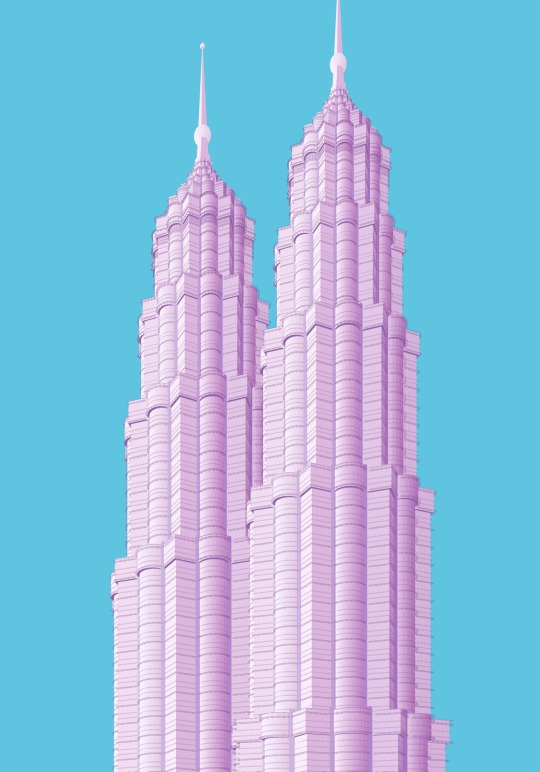
Our latest addition to the architecture icons collection is the iconic Petronas Towers in Kuala Lumpur by the late, great Cesar Pelli, available as prints and a range of products https://adamnathanielfurman.com/collections/pomo_icons/petronas-towers
7 notes
·
View notes